Lei Jun Invests 13.5 Billion Yuan: Can Xuanjie O1 Support Xiaomi's "Chip Dream"?
![]() 05/23 2025
05/23 2025
![]() 730
730
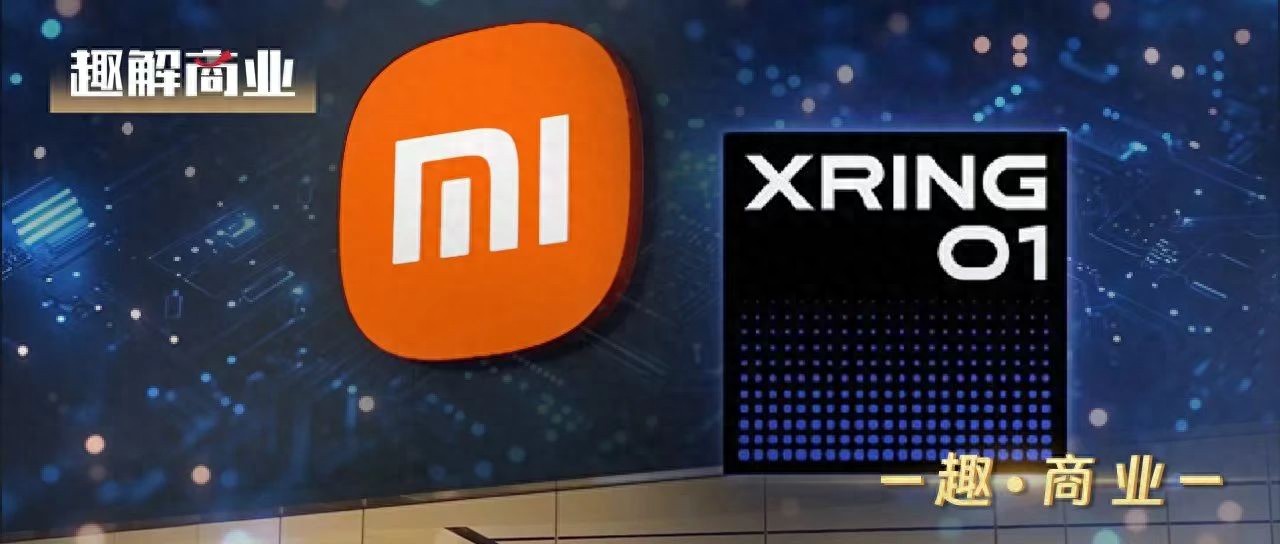
At 15 years old, Xiaomi is no longer in its nascent phase.
After an eight-year hiatus, Xiaomi has once again ventured into the realm of self-developed mobile phone SoC chips.
On the evening of May 22, during Xiaomi's 15th-anniversary strategic new product launch event, the company unveiled its latest self-designed mobile phone SoC chip, "Xuanjie O1." This chip debuted on two flagship products: Xiaomi Phone 15S Pro and Xiaomi Pad7 Ultra. The chip utilizes a second-generation 3nm process technology, took four years to develop, and involved a total investment exceeding 13.5 billion yuan.
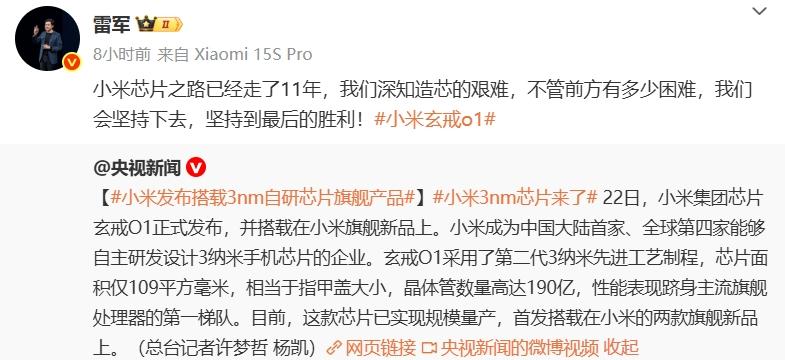
Image source: Weibo screenshot
This marks Xiaomi's return to the "large chip" race since the launch of the Penta S1 in 2017. It also represents a fresh attempt by Chinese mobile phone companies to develop self-research capabilities amidst a market where flagship mobile phone chips are dominated by Apple and Qualcomm. With the introduction of Xuanjie O1, Xiaomi has taken a significant step on its journey towards self-developed mobile phone SoC chips, joining Apple, Samsung, and Huawei as one of only four mobile phone manufacturers globally with core self-developed chips.
Compared to the earlier Penta S1, Xuanjie O1 not only achieves a generational leap in process technology but also signifies a comprehensive upgrade in Xiaomi's design capabilities, technical system, and resource investment. However, the significance of the Xuanjie O1 chip launch lies not in short-term sales or commercial benefits but in marking a crucial stage for Xiaomi's chip research and development, transitioning from "peripheral testing" to "systematic advancement."
01. Xiaomi's 11-Year "Chip Dream"
As Lei Jun, Chairman and CEO of Xiaomi Group, has stated, Xiaomi has always harbored a "chip dream." However, looking back, Xiaomi's chip-making journey has been fraught with challenges.
In 2014, Xiaomi initiated its chip project when few domestic mobile phone manufacturers were involved in chip research and development. In February 2017, Xiaomi officially launched its first self-developed SoC chip, Penta S1, which initially excited Lei Jun greatly.
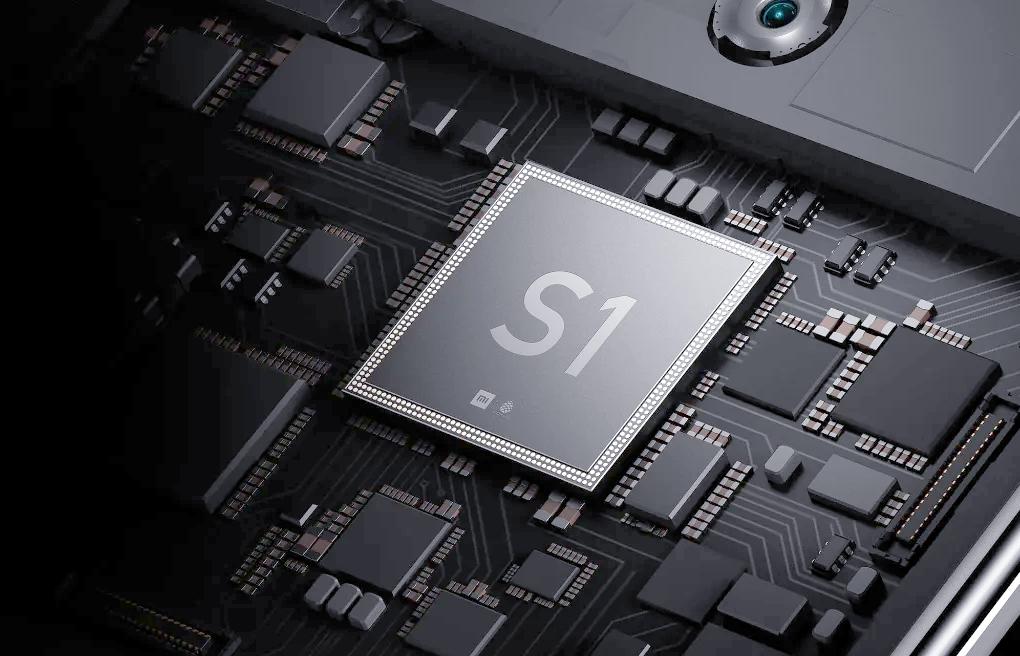
Image source: Weibo
Yet, the excitement was short-lived. Due to tuning issues and overheating in the Xiaomi 5C mobile phone equipped with Penta S1, the chip was not reused in other models. Subsequent rumors about multiple failed attempts at Penta S2 further complicated Xiaomi's self-developed SoC plans.
Since 2019, constrained by factors such as performance, ecological integration capabilities, and manufacturing processes, Xiaomi temporarily halted self-research on SoC chips and shifted its focus to developing specialized chips with less complexity.
In March 2021, Xiaomi released its self-developed image signal processing chip, Penta C1; in December of the same year, it launched the self-developed fast charging chip, Penta P1; and in July 2022, it introduced the self-developed Penta G1 battery management chip, which was equipped on Xiaomi 12S Ultra.
Since then, various Xiaomi Penta chips have been successively launched, including fast charging chips, battery management chips, image chips, antenna enhancement chips, and other "small chips," slowly accumulating experience and capabilities across different technology tracks.
Although Xiaomi faced setbacks in its initial foray into self-developed SoC chips, it found a stable and feasible path through "progressive" testing and investment in specialized "small chips." This also laid the necessary technical foundation and research and development experience for restarting the mobile phone SoC "large chip" plan.
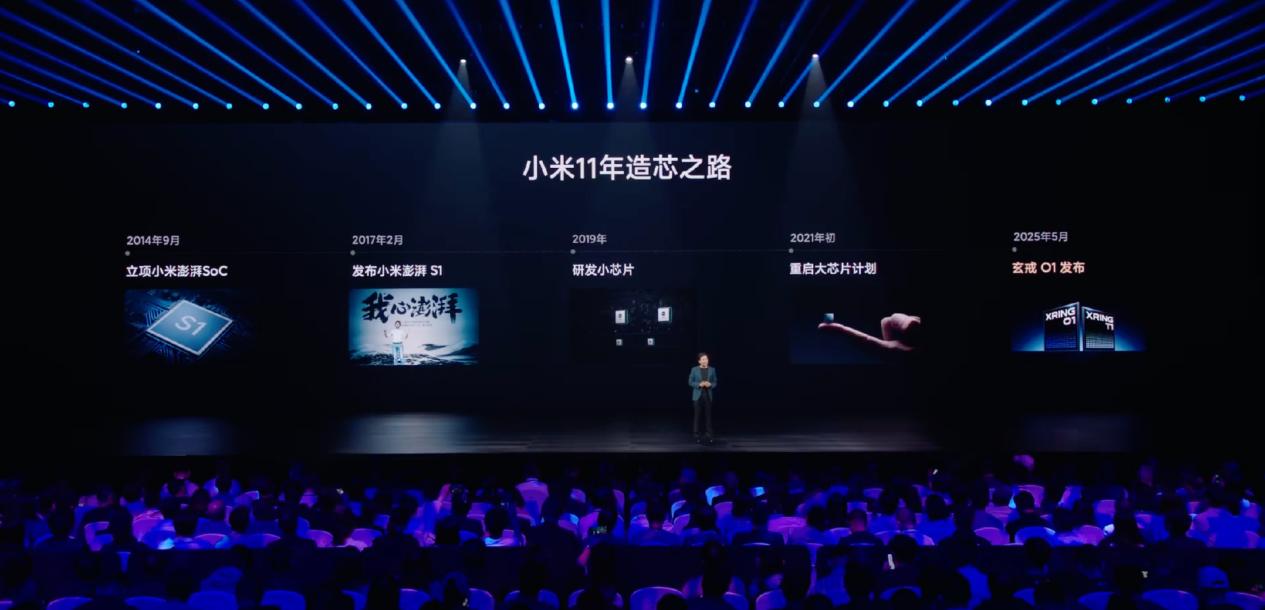
Image source: Screenshot from the launch event
At the beginning of 2021, when Xiaomi announced its foray into "car manufacturing," it also internally initiated the "large chip" business and resumed research and development on mobile phone SoCs. This time, Xiaomi aimed directly at flagship SoC positioning, targeting the technical standards and energy efficiency performance of industry leaders.
According to Lei Jun, from the initiation of Xuanjie O1 to the end of April this year, the cumulative research and development investment in Xuanjie exceeded 13.5 billion yuan, with a research and development team of over 2,500 people. The estimated research and development investment for this year will exceed 6 billion yuan.
This signifies that Xiaomi's investment in chips has far surpassed the past, gradually establishing a comprehensive self-research system framework. From early exploratory projects to today's systematic advancement, Xuanjie O1 is not merely a chip but a testament to Xiaomi's phased leap in self-research capabilities.
Choosing to launch Xuanjie O1 at this current juncture may not be coincidental.
Since the launch of Xiaomi SU7, Xiaomi has been in the spotlight, with its brand exposure and public discourse further amplified. Especially after the "Xiaomi SU7 explosion incident" in March this year, it sparked public doubts about the safety of Xiaomi cars.
In May, Xiaomi SU7 Ultra cars were embroiled in a refund controversy sparked by disputes over the "carbon fiber double-airflow front hood." Hundreds of car owners initiated collective rights protection, demanding refunds and compensation, citing reduced functionality and inconsistent promotion.
After experiencing a series of controversies, on May 10, Lei Jun tweeted that "the past month has been the most difficult period since founding Xiaomi, with low emotions, canceled meeting arrangements and business trip plans, and temporarily suspended some social media interactions."
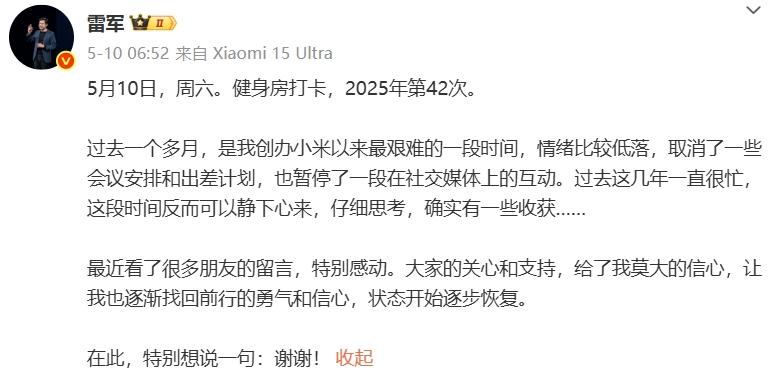
Image source: Weibo screenshot
Against this backdrop of heightened public scrutiny, Xiaomi urgently needed to rebuild public trust in its "hardcore technology" positioning through positive narratives of its technical prowess. On May 15, Lei Jun announced on Weibo that Xiaomi's self-developed and designed mobile phone SoC chip would be launched in late May. The launch of Xuanjie O1 may also be, to some extent, an important signal from Xiaomi to the outside world that its underlying technology construction is continually advancing.
It's worth mentioning that on the day of Xiaomi's launch event, Lei Jun tweeted that "many people are surprised that we are launching a large chip this time and even think that making a large chip seems 'easy.' It's just because we haven't talked about it to the public before, so people don't understand. We have quietly worked on it for over four years, spent 13.5 billion yuan, and only disclosed it after O1 goes into mass production," while once again emphasizing that "the process is still very difficult."
02. The Real Challenge Has Just Begun
Regarding Xiaomi's intentions behind chip manufacturing, Lei Jun once said, "Xiaomi hopes to become a great hardcore technology company. Chips are a peak that must be climbed and a tough battle that cannot be avoided."
This statement can be seen as the core declaration of Xiaomi's chip strategy. Unlike its past growth model labeled with "cost-effectiveness" and driven by supply chain integration capabilities, Xiaomi is gradually anchoring the brand's future on the positioning of a "technology enterprise." Chips, especially mobile phone SoC chips, as one of the most fundamental, core, and closed capabilities in the mobile phone industry chain, naturally represent the pinnacle of "technological discourse power" and hold significant strategic symbolic meaning.
Moreover, self-developed SoC chips can help Xiaomi reduce its high dependence on upstream manufacturers like Qualcomm and MediaTek, giving it greater initiative at the core hardware level. Especially against the backdrop of a global consensus on industrial chain security, having an independently controllable core chip is not only related to product differentiation but also to strategic security and discourse power independence.
Therefore, Xiaomi regards the "large chip" business as an organizational-level strategic project, ranking it alongside "car manufacturing" as one of the company's most important underlying investment directions for the next decade. This was already clearly reflected in 2021.
According to "Interesting Business Understanding," the Xuanjie O1 chip released this time adopts a second-generation 3nm process technology, integrating 19 billion transistors, with benchmark scores close to the level of Apple's A18 Pro. From the technical specifications, the Xuanjie O1 chip has initially established the hard power foundation of a flagship-level SoC, which is also Xiaomi's first time to benchmark the industry's first tier at the chip level.
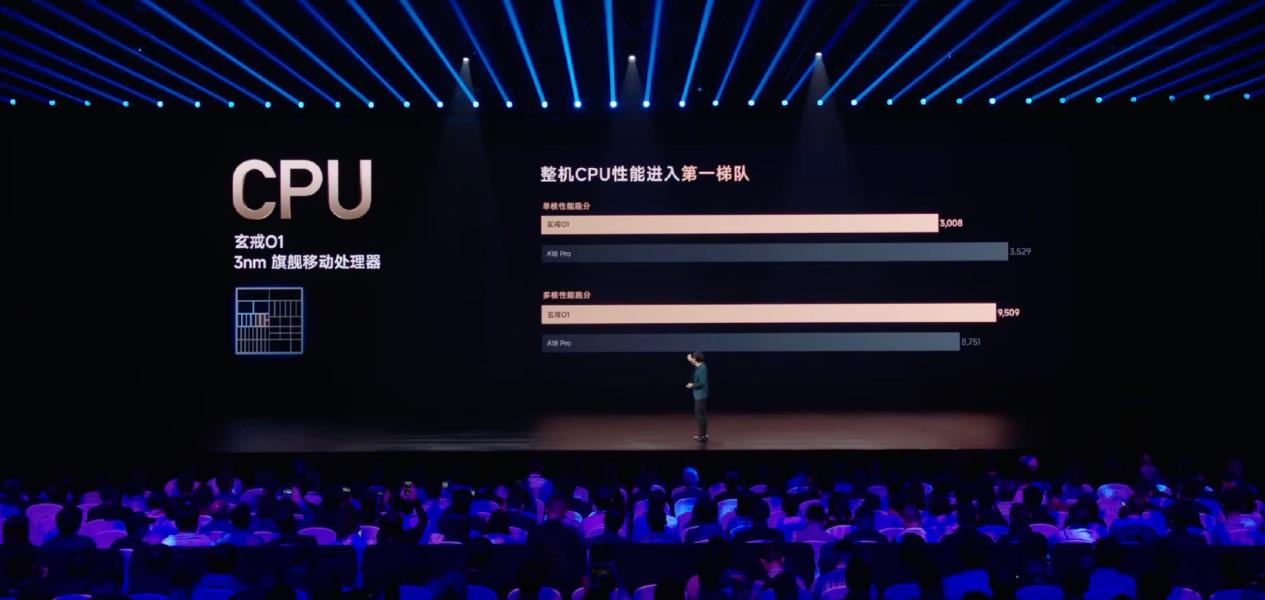
Image source: Screenshot from the launch event
However, the value of a chip is never limited to its specifications alone; from architecture design to tape-out verification, from terminal adaptation to ecological collaboration, every link determines whether a chip can truly function and be used stably.
Especially for flagship SoC chips, their complexity far surpasses that of "small chips" like image, charging, and power supply categories. They must handle high-frequency operation, complex loads, and multi-threaded computing while making extreme optimizations at the Android operating system's bottom layer, achieving system-level balance in modules such as scheduling strategies, memory allocation, graphics rendering, and even AI reasoning.
Currently, although Xuanjie O1 performs "commendably" in terms of performance specifications, whether it can truly support the stable long-term use of terminal products still needs comprehensive verification by the market, system, and developer ecosystem.
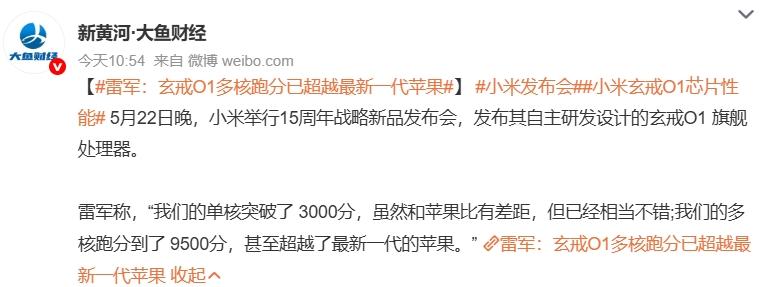
Image source: Weibo screenshot
In fact, in the race for mobile phone SoC chips, it takes at least three to five years of continuous iteration, technological accumulation, and ecological adaptation to progress from "first-generation usability" to "platform maturity." Whether it's Apple's A series, Qualcomm's Snapdragon, or Huawei's Kirin, they all established a stable closed loop of chips + systems + terminals through intergenerational evolution.
Therefore, while the impressive specifications of Xuanjie O1 are certainly gratifying, for Xiaomi, the real challenge has just begun. After all, the Xuanjie series chips need to embark on a long-term path of deep technology and product integration, continuous market and ecological verification, rather than just a one-time launch buzz.
03. Xiaomi Stands at a New Starting Point
Simultaneously with Xiaomi's official announcement of the upcoming launch of the Xuanjie O1 chip, Qualcomm Technologies also announced its 15-year cooperation with Xiaomi Group and the renewal of a multi-year agreement. This subtle timing also reflects Xiaomi's current realistic choices and dual-track layout in its chip strategy.
On the one hand, the launch of Xuanjie O1 marks a phased advancement in Xiaomi's chip capabilities, and Xiaomi hopes to establish an independently controllable computing power fulcrum in high-end technology fields. On the other hand, Xiaomi's long-term cooperation with Qualcomm will continue, especially in terms of large-scale shipments, stable experience, and global certification. Qualcomm's mature platform remains the cornerstone for Xiaomi's flagship and mid-to-high-end models.
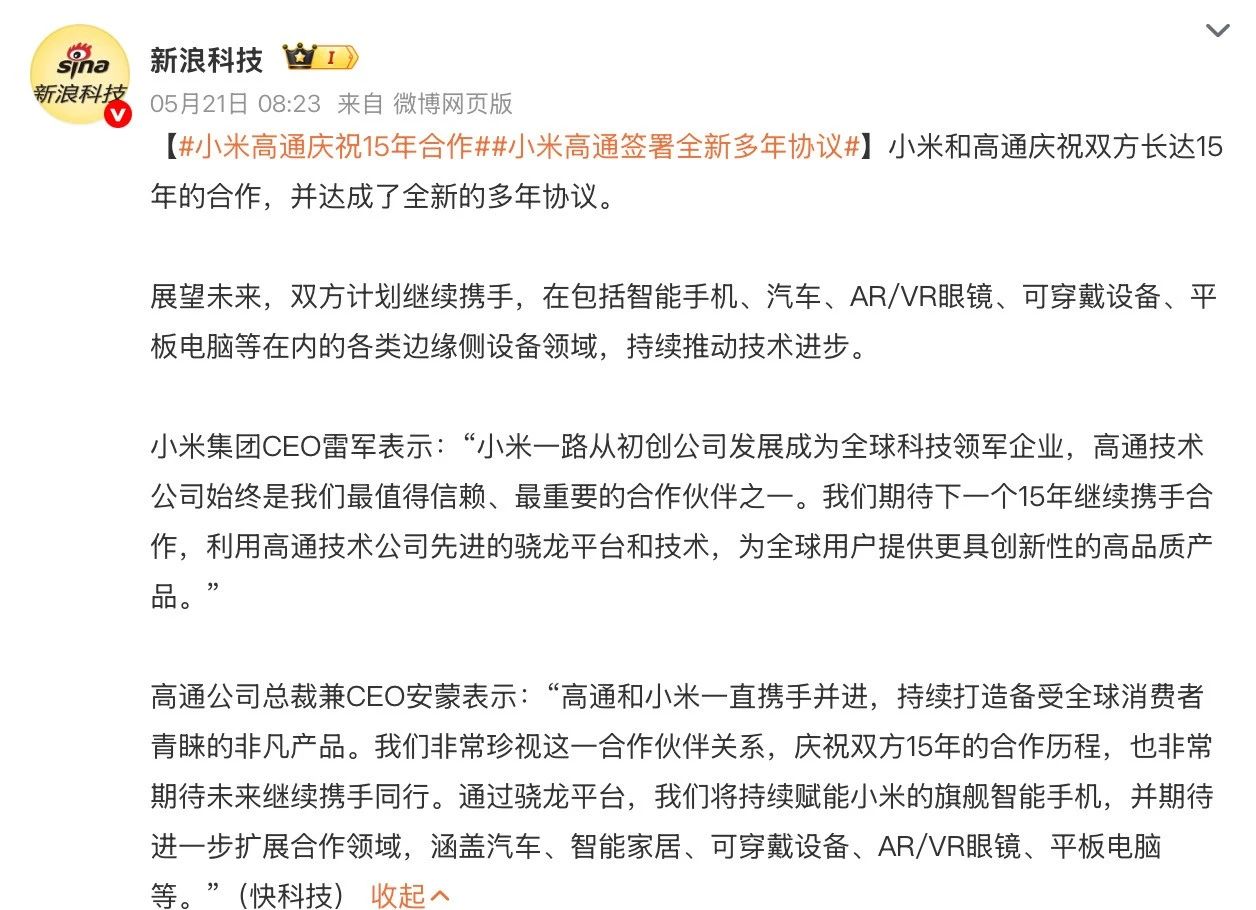
Image source: Weibo screenshot
In fact, for any company just entering the SoC self-research race, "self-research means large volume" is not realistic. Even Huawei's Kirin series, which has achieved remarkable success in chips, underwent several generations of product accumulation and tuning optimization before gradually transitioning from "usable" to "user-friendly." Xuanjie O1 is more like a validation result of Xiaomi's chip strategy, with its current core task being internal digestion, ecological integration, and design iteration, rather than immediately facing high commercial pressure.
Therefore, Xiaomi's choice to launch Xuanjie O1 at this time is not to "compete" with Qualcomm in the market but to clearly send a signal: Xiaomi has the willingness, investment, and phased results to embark on its own long-term technology path. However, this path is destined to be bumpy, requiring Xiaomi to have extremely high resource investment, fault tolerance mechanisms, talent retention, and systematic patience.
At the same time, Xiaomi's fan base and public influence have also been rapidly expanding in recent years. Since the launch of SU7, Lei Jun has become one of the most popular entrepreneurs. From live-streaming car sales to launch event speeches to daily social media posts, Lei Jun's comments are deeply tied to Xiaomi's brand perception, and his updates have often sparked numerous discussions. This "deification"-style fan culture has indeed increased Xiaomi's popularity and brought significant user attention and emotional dividends.
However, it has also raised higher fulfillment expectations for Xiaomi's products from the public. Once there is a discrepancy between actual product performance and marketing representations, public backlash is often swift. The previous issue of "false promotion" surrounding Xiaomi SU7 Ultra due to the carbon fiber double-airflow front hood was a warning, pushing Xiaomi from a "car manufacturing miracle" to a "trust crisis." Similarly, the "Xiaomi SU7 explosion incident" also saw Xiaomi and Lei Jun face intense scrutiny, criticism, and accusations.
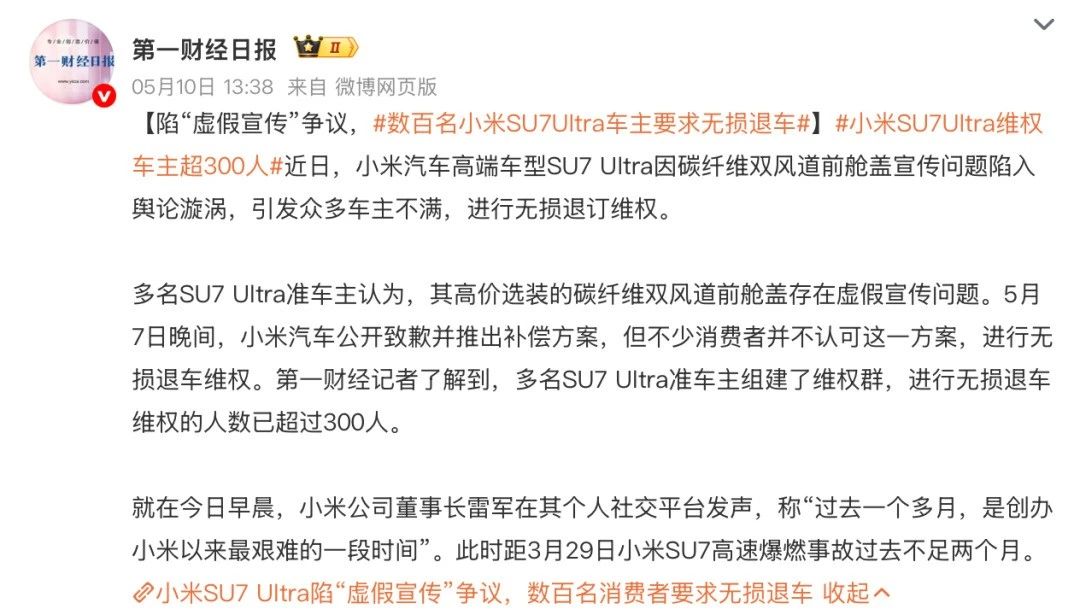
Image source: Weibo screenshot
As Lei Jun previously remarked, "At 15 years old, Xiaomi is no longer a novice in the industry, and there is no longer a 'novice protection period' in any industry." This statement underscores Xiaomi's current paramount challenge. Whether it's venturing into cars or chips, Xiaomi, upon entering the realm of hardcore technology, confronts not just users' perceptions of price and products, but also a rigorous examination of technical safety, stability, long-term sustainability, and other crucial aspects.
The unveiling of Xuanjie O1 coincides with this confluence of public opinion pressure and strategic inflection points. It serves not only as a milestone in Xiaomi's internal chip strategy but also inevitably attracts significant attention and lofty expectations from the external world regarding Xiaomi's ability to truly establish a foothold in the underlying technology sector.
From this vantage point, Xiaomi still has a substantial journey ahead.





